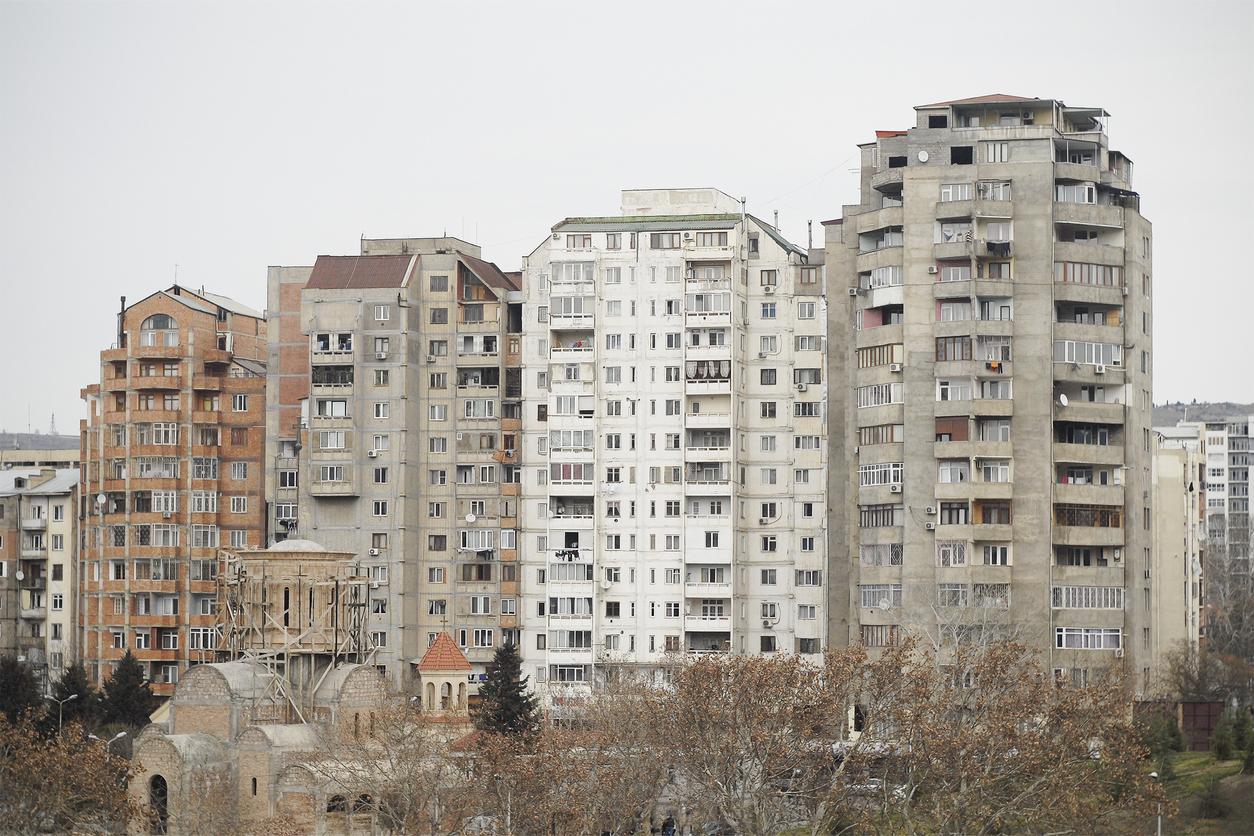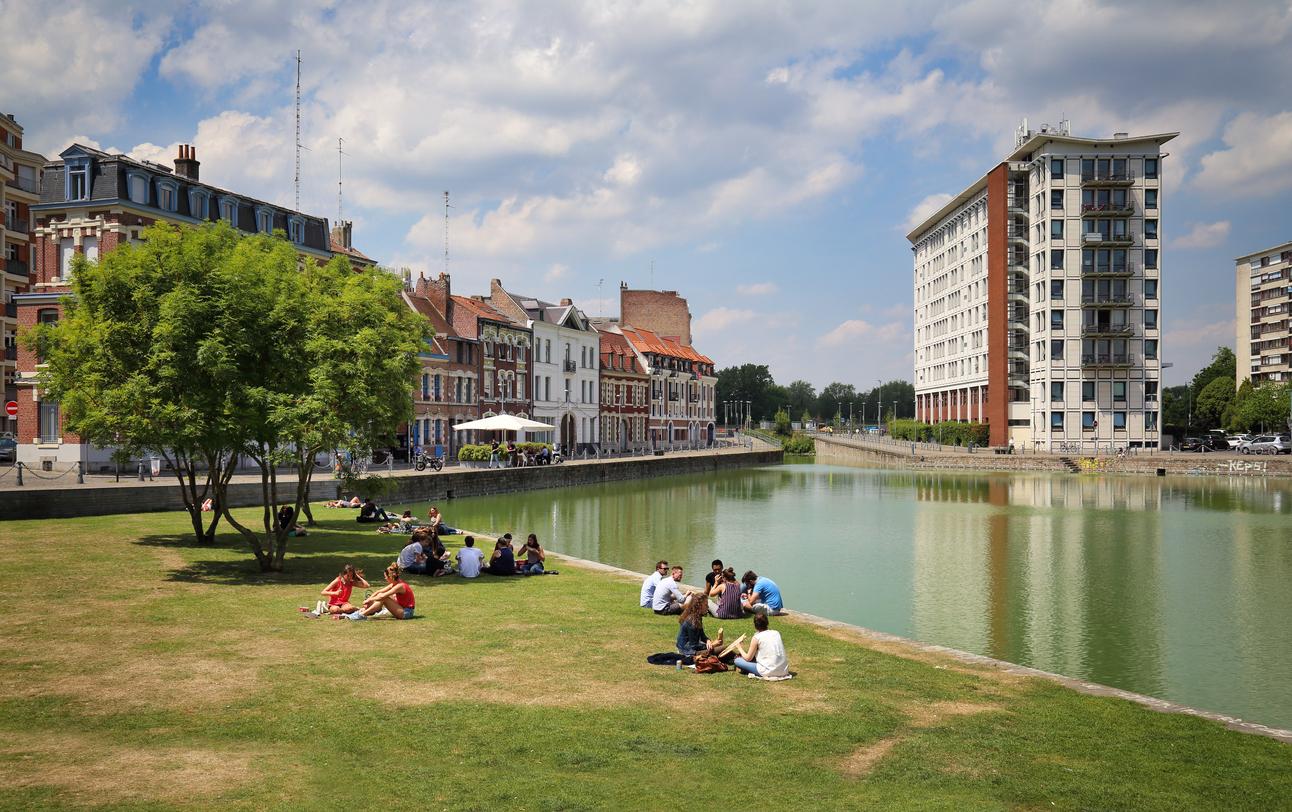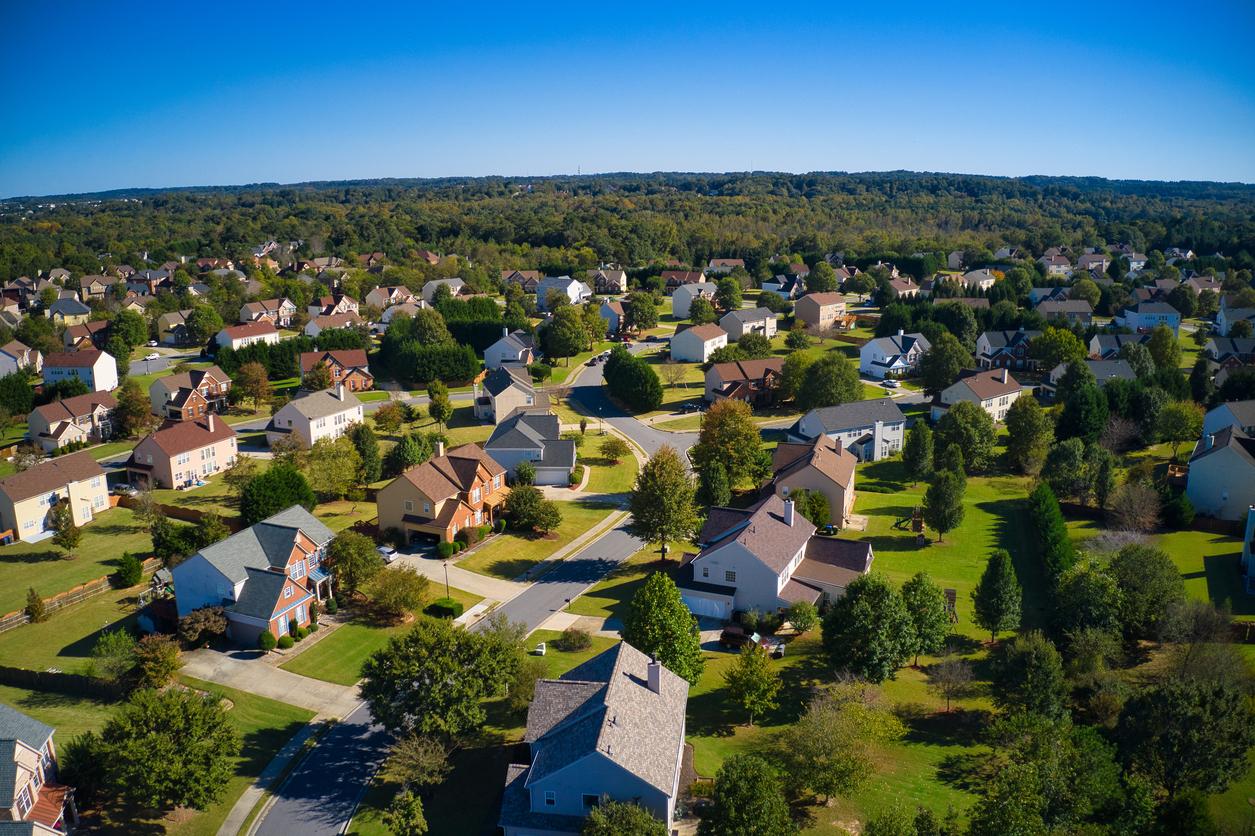
Even the wisest of drivers struggle to respect the 30 km / h imposed in town. This shows whether the imminent arrival of “urban radars” is to be feared, especially since these new control equipment have made a huge technological leap. L’argus presents these state-of-the-art devices to you.
So-called urban radars, don’t you really see what they are? Rest assured, this is normal. Yes around twenty of these new machines have already been deployed in several cities in France (agglomerations of Montbéliard and Montpellier in particular), this is still only within the framework of the field tests necessary for their official certification; an essential step before their authorization and the possible verbalization of the offending drivers.
TO READ. Urban radar. The first boxes installed in Franche-Comté
Two types of urban radars
Particularity of these radars urban : two competing systems will soon share the territory.
- In the northern half of France, along a horizontal line going roughly speaking from La Rochelle to Geneva, the company Parifex won the contract (associated with Cegelec). This is the manufacturer of discriminating radars, known for its cylindrical black cabins that we see mostly on the main roads over-frequented by heavy goods vehicles.

- In the southern half, the market returned to the champion of the hexagonal radar Idemia (ex-Sagem Morpho), to whom we owe the classic gray cabins, their mobile version nicknamed “the owl”, certain red light radars (those present in the southern quarter). east of France), and especially the latest of the fixed devices: the black and white radar-turret.
This radar-turret is already present en masse almost everywhere in France (nearly a thousand in service), since it has notably replaced the many old gray cabins destroyed during the movement of yellow vests.
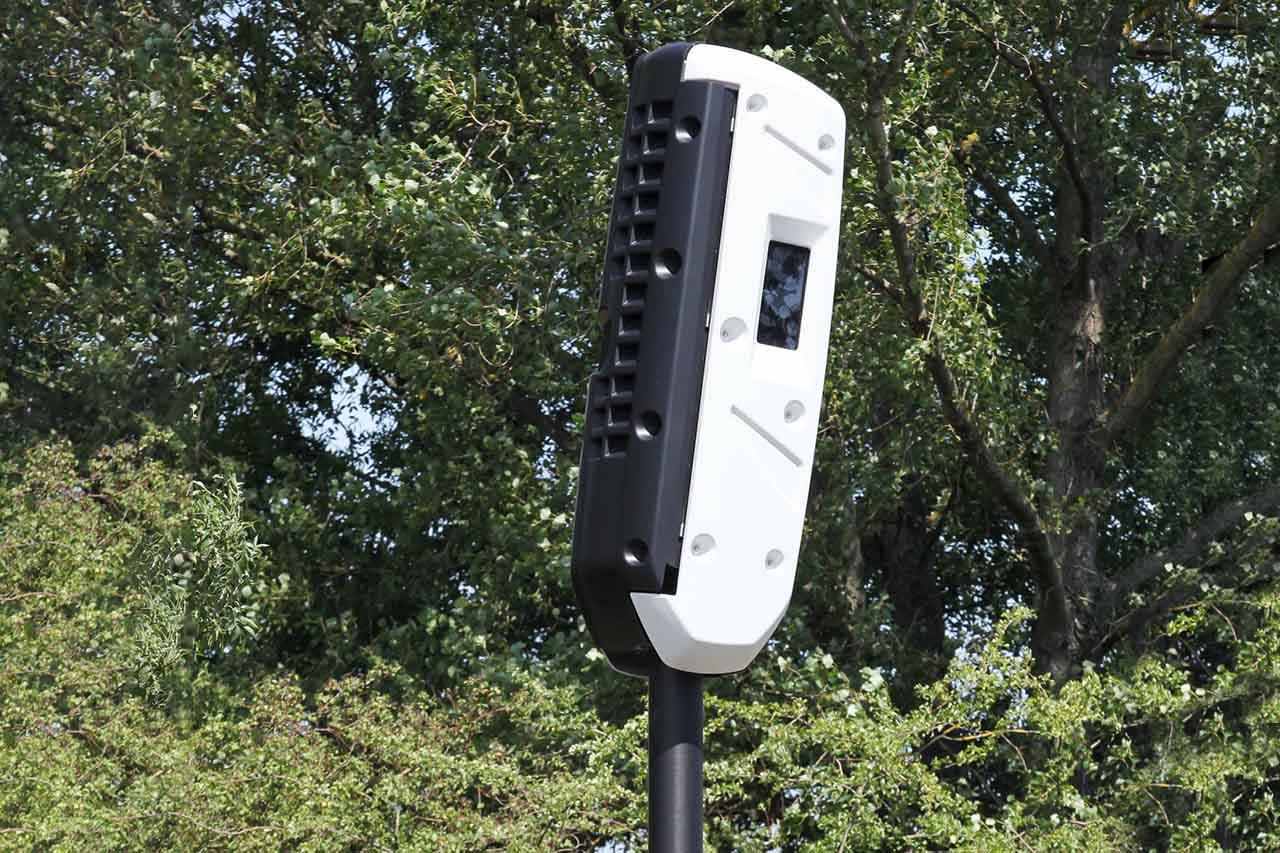
Real name Mesta Fusion 2, this pioneering radar is “ multifunction ”, that is to say that it was designed to observe several types of infringement at the same time. Speeding and burning red lights (including at level crossings) of course, but also failure to respect safety distances between two vehicles, crossing a white line, failure to comply with a ban to turn or drive on a reserved lane. It is also able to detect an unfastened belt, a handheld phone, etc. Finally, all this was what appeared in the call for tenders launched in 2016 by Road Safety. But, in reality, Idemia has never approved a single one of these new functions. Conversely, as expected, the radar is mobile to be able to occupy alternately different cabins without knowing which flashes (invisibly by infrared) and which is a decoy.
In the south of France: the Mesta Compact, urban version of the radar-turret
It was important to recall all these characteristics here, because its manufacturer has used the same technology in its urban radar, with the difference that it has miniaturized everything so as to make this new device much more discreet than in the huge turrets. Hence its name: Mesta Compact. Like its predecessor, the youngest of the Mesta family uses a long-range wide-field Doppler radar (up to 100 m) associated with a camera device allowing the identification and “discrimination” of the vehicle being controlled (ie. ‘is to say evaluated according to its template). With its three camera sensors, it allows the ” multi-target with trajectory following “. This super-radar is thus able to monitor up to 126 vehicles at the same time on five different lanes!
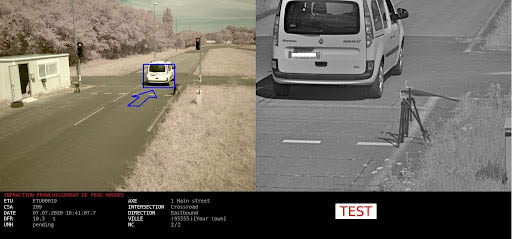
But more than the main axes, it is especially intended to monitor the heart of the cities, well established in its small armored cabin of very anonymous appearance (see photo), hanging on existing furniture (poles, candelabra, etc.). The speed control and red light control functions (including the indicators for the level crossings) of the Mesta Compact being already homologated, the deployment of this first type of urban radar in the southern half could physically take place at the beginning of the year 2022. However, it is hard to imagine the verbalizations start so close to a presidential election! For that, go instead after the legislative elections of June 2022.
In the north of France: the Nano-Cam, an all-seeing super-laser
The second model of urban radar, it has already had the honors of the television news … But it was in the middle of last summer. At the end of July, the first cabins named Nomad from the manufacturer Parifex were installed in Montbéliard (Doubs). If their visual aspect was then unveiled, little information had filtered out on their performance. Today we know a lot more. And, as much to say it: the CV of the new radar which animates it, named Nano-Cam, is impressive.
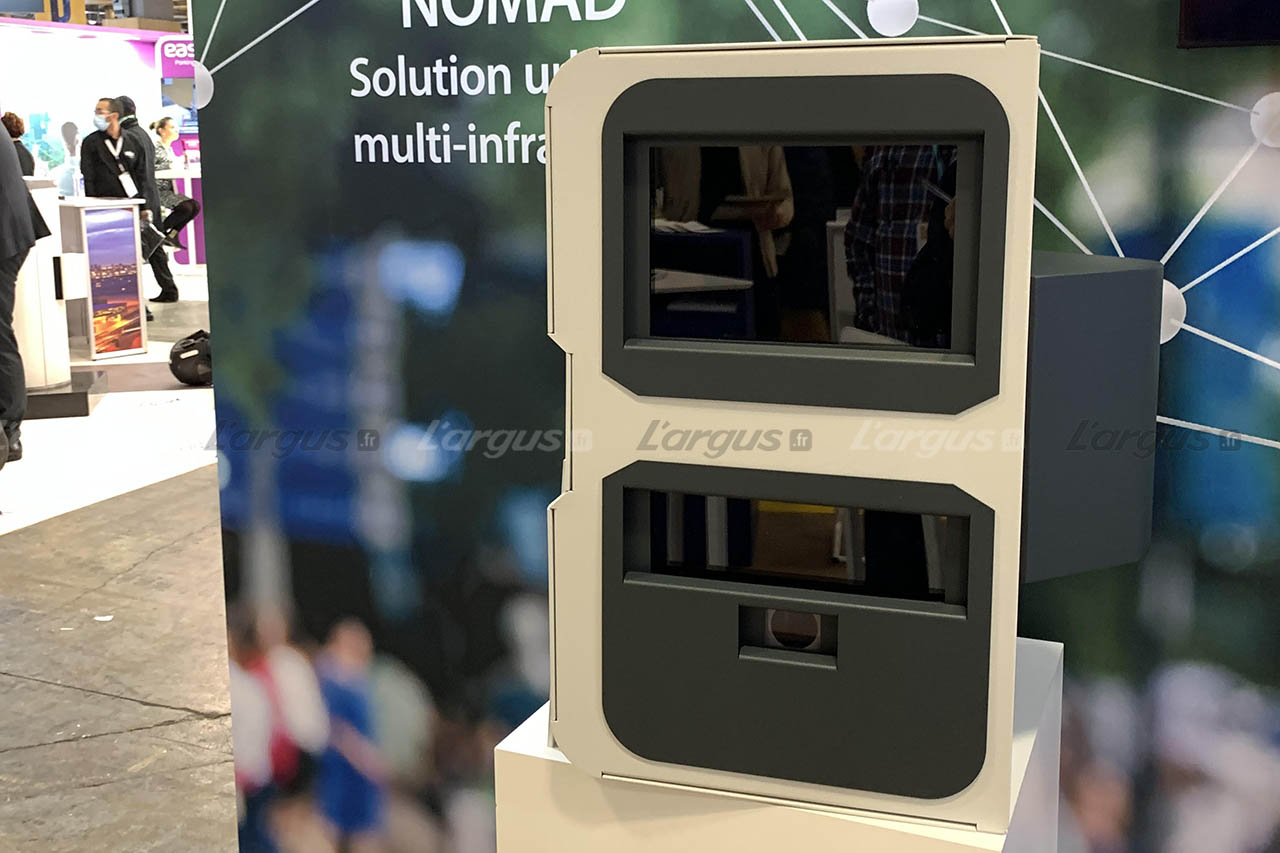
In fact, it is not a classic Doppler radar but a 3D Lidar. This 64-beam scanning laser is able to collect and analyze all the data passing through its field, whether the objects are stationary or in motion (Lidars are the “eyes” of autonomous cars). According to its advertising brochure, the Nano-Cam can thus detect multiple infringements at the same time, on four lanes in both directions of traffic, thanks to its tracking system (target tracking): speed, crossing a red light, failure to respect safety distances, dangerous overtaking, etc. It identifies vehicles and their classification (car, bus, truck, etc.), but also that of any “object” such as pedestrians or cyclists.
The first system capable of controlling the safety distance?
From there to think that, in addition to the speed and the lights, this machine could for example sanction a motorist having brushed too closely a cyclist or having been surprised in a lane with bus … We will not know the answer until the day when he will have obtained its certification, probably in mid-2022.
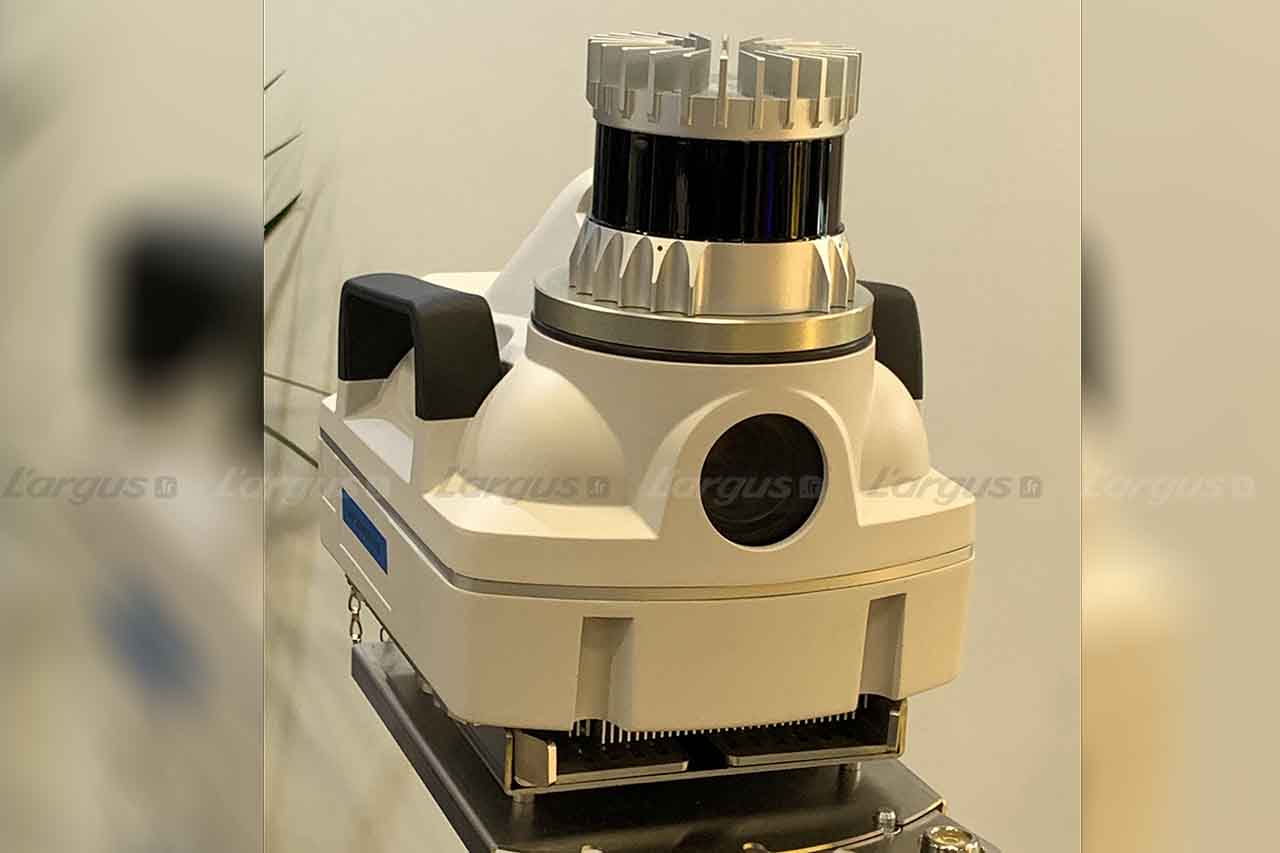
At any rate, Argus has already been able to handle the Nano-Cam in its mobile version on a tripod. We confirm that this device is impressive in lightness (5 kg only) and compactness (22 x 22 x 17 cm). It can therefore easily be fitted alternately to the Nomad cabins without knowing which ones will momentarily be decoys or not (hence its name). These, of reduced dimensions (66 x 47.5 x 32.6 cm) can be positioned from the edge of the street, in the middle or overhanging, hung on a pole, a candelabra or a building.
In short, you will have understood it, to drive in the city, you will have to really take it easy!






